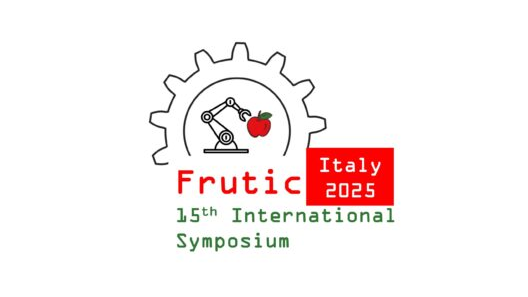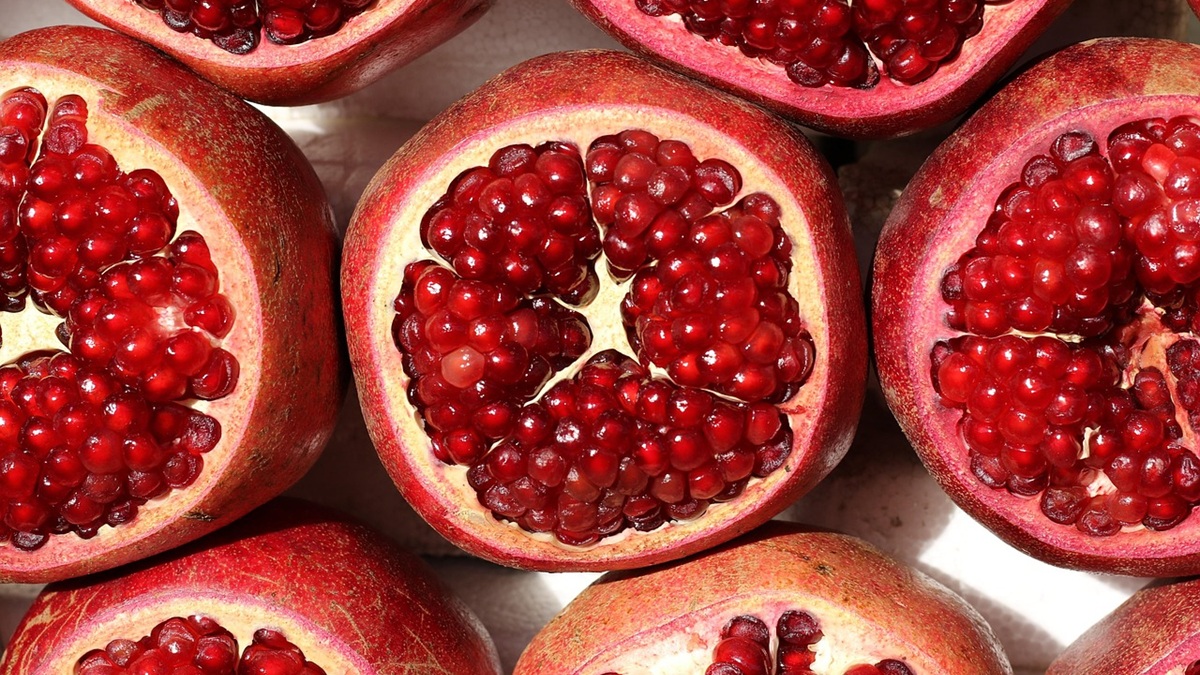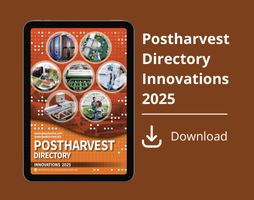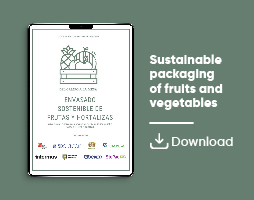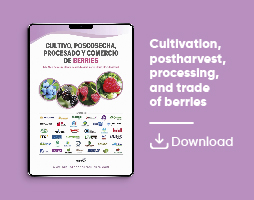Phytosanitaries
New advice and app to manage process water for fruit, vegetables and herbs
Combining disinfection treatments and water replenishment can help maintain the microbiological quality of the water used in processing fresh and frozen fruit, vegetables and herbs. This is the main finding of an analysis carried out by EFSA’s experts, which has resulted in several recommendations and the development of a new online tool
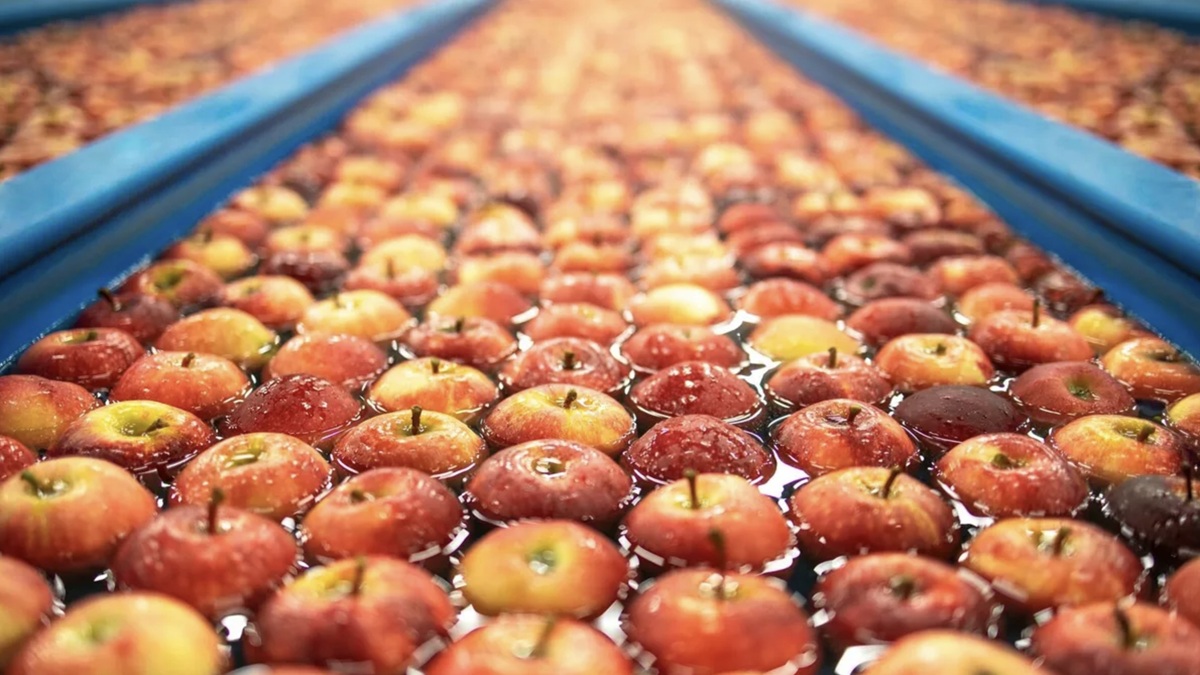
In recent years, pathogens like Listeria monocytogenes and STEC have caused major outbreaks in the European Union that were related to the consumption of fresh and frozen fruit, vegetables and herbs. The quality of water and its industrial use is an increasing global concern, not only because poor water quality can introduce harmful microorganisms into food products but also due to climate change and the expected reduction in water availability.
EFSA’s experts analysed the microbiological and physico-chemical quality of water used to process fruit, vegetables and herbs in industrial settings. They also prepared a set of process water management plans and an online tool, which can help industry improve their water management systems.
“Fit-for-purpose” processing water
In their analysis, EFSA’s experts followed the concept of “fit-for-purpose water”, developed by the FAO and the WHO. This approach calls for different aspects to be considered when deciding on the best water management plan, such as the assessment of the water source and potential hazards related to it, disinfection options, and the end use of the food product (for example if eaten raw).
The recommendations are presented in three scientific opinions – one on fresh-whole fruit, vegetables and herbs, another on fresh-cut products, and the third on frozen products.
Today’s publications follow previous work by EFSA in 2023 in which it outlined the theoretical basis for a process water management plan using insights from previous studies, outbreak data, and replies from industry to a questionnaire.
A new app – WaterManage4You
EFSA also developed WaterManage4You, a free online tool that will help predict the transfer and accumulation of bacteria in process water in industrial scenarios. The app is highly relevant for food business operators, scientists and authorities working in this field.
The tool works with preset or customised data, using a unique mathematical model, described in one scientific opinion, to simulate various scenarios and predict the impact of different strategies for water disinfection and replenishment. To do this, the app considers parameters such as volume and replenishment of water, chlorine disinfectant concentration, total volume of the product being washed, and total bacteria counts.


